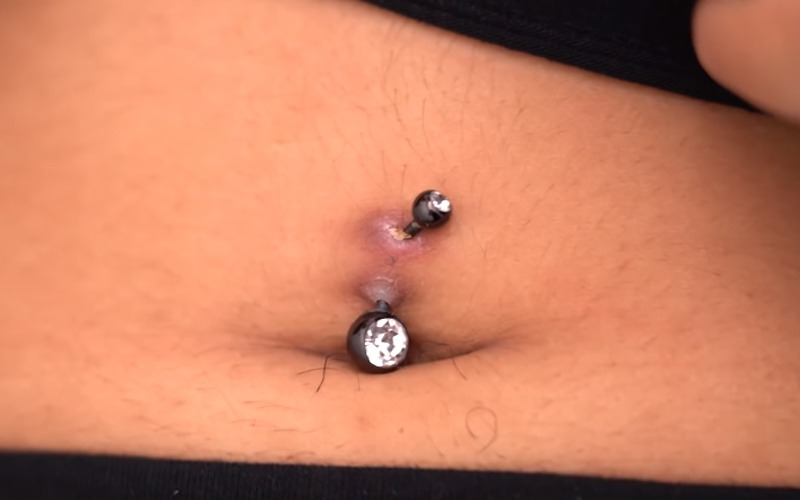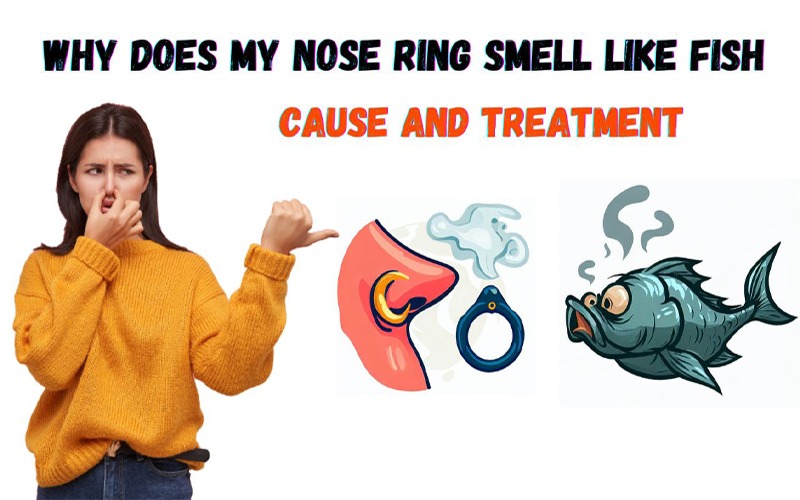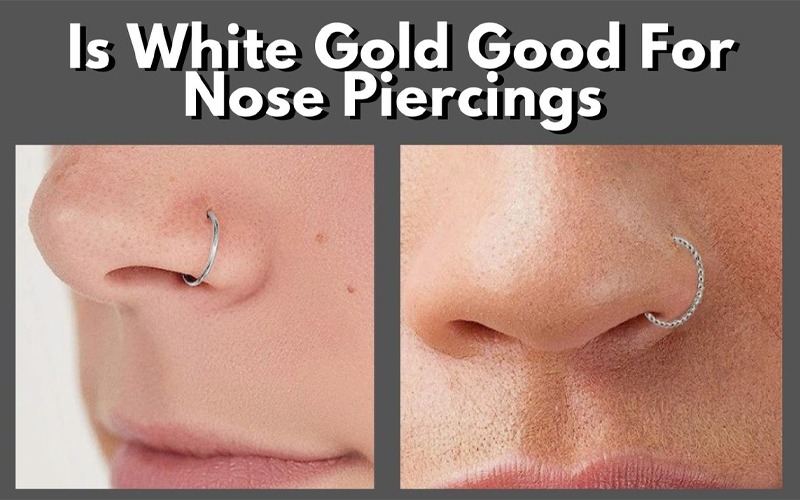Hyperpigmentation around a belly button piercing refers to the darkening of the skin surrounding the piercing site. It’s typically caused by factors like trauma, infection, allergic reactions to jewelry materials, or improper aftercare. So, how to get rid of hyperpigmentation around belly button piercing?
Well, to get rid of hyperpigmentation around your belly button piercing, start by consulting a dermatologist or piercing specialist to identify the cause and receive personalized guidance.
Maintain good hygiene by cleansing with saline solution or gentle soap, choosing hypoallergenic jewelry, protecting the area from the sun, and considering topical treatments like vitamin C, hydroquinone, retinoids, or niacinamide.
Be patient, avoid picking, and if needed, explore professional treatments like chemical peels or laser therapy for more stubborn cases.
How To Get Rid Of Hyperpigmentation Around Belly Button Piercing Fast

Here we will tell you 9 steps that you must take instantly if you notice any hyperpigmentation around your belly button piercing. These steps will help you to avoid and get rid of hyperpigmentation around your belly button rings.
Step 1: Consult A Professional
The first and most crucial step in addressing hyperpigmentation around your belly button piercing is to consult a professional.
Schedule an appointment with a dermatologist or a piercing specialist to assess the condition of your piercing and discuss suitable treatment options. They can help determine the underlying cause of the hyperpigmentation and provide personalized advice.
Step 2: Identify The Cause
Understanding the cause of your hyperpigmentation is essential because it will guide your treatment plan. The most common causes include:
Trauma:
If your piercing was not performed correctly or if you’ve experienced physical trauma, it can lead to hyperpigmentation. Avoid further irritation or injury to the area.
Infection:
Infections can cause skin discoloration. If you suspect an infection, seek prompt medical attention.
Allergic Reaction:
Some people may develop an allergic reaction to the metal in their jewelry. Switching to hypoallergenic jewelry may help.
Improper Aftercare:
Inadequate cleaning and aftercare can lead to complications and hyperpigmentation. Ensure you follow proper aftercare instructions.
Step 3: Maintain Good Hygiene
Proper hygiene is crucial for preventing further complications and reducing hyperpigmentation. Follow these steps:
Cleanse:
Gently clean the piercing area with saline solution or an antimicrobial soap as recommended by your piercer or dermatologist. Avoid harsh products.
Pat Dry:
After cleaning, pat the area dry with a clean, soft towel. Do not rub or use abrasive materials.
Avoid Harsh Products:
Avoid using alcohol, hydrogen peroxide, or strong chemicals on the piercing, as they can exacerbate hyperpigmentation.
Step 4: Choose The Right Jewelry
If your hyperpigmentation is caused by an allergic reaction to the jewelry, consider switching to hypoallergenic options. Surgical steel, titanium, and niobium are good choices. Make sure the jewelry is the correct size and does not cause friction or irritation.
Choosing the right jewelry is not only necessary for avoiding hyperpigmentation but also for avoiding discoloration around the belly button. Yes, to get rid of discoloration around the belly button piercing, choosing the right jewelry is a must.
Step 5: Sun Protection
Exposure to the sun can worsen hyperpigmentation. Use sunscreen with a high SPF on the affected area whenever it’s exposed to sunlight. Additionally, wearing loose-fitting clothing that covers the piercing can provide additional protection.
Step 6: Topical Treatments
Several topical treatments may help fade hyperpigmentation:
Vitamin C:
Products containing vitamin C can help lighten dark spots. Apply a vitamin C serum to the affected area daily.
Hydroquinone:
This skin-lightening ingredient may be recommended by a dermatologist. Follow their instructions carefully, as it can be harsh on the skin.
Retinoids:
Over-the-counter or prescription retinoid creams can promote skin cell turnover and help reduce pigmentation.
Niacinamide:
Niacinamide, also known as vitamin B3, can improve skin texture and reduce pigmentation. Look for products containing this ingredient.
Step 7: Patience
Treating hyperpigmentation takes time, and results may not be immediate. Be patient and consistent with your chosen treatment methods. It may take several weeks or even months to see significant improvement.
Step 8: Avoid Picking
Resist the urge to pick or scratch the area, as this can worsen hyperpigmentation and lead to scarring. Keep the piercing clean and avoid unnecessary touching.
Yes, unnecessary picking can cause dark scars on your belly button piercing. And to get rid of dark belly button piercing scars you must avoid unnecessary picking on the area.
Step 9: Consider Professional Treatments

If topical treatments and at-home remedies do not yield the desired results, consult your dermatologist about professional treatments. These may include:
Chemical Peels:
A chemical peel can exfoliate the top layer of skin, reducing pigmentation.
Laser Therapy:
Laser treatments can target and break down excess melanin, gradually improving skin tone.
Microdermabrasion:
This procedure uses a machine to exfoliate the skin, potentially reducing hyperpigmentation.
Frequently Asked Questions
Q: What causes hyperpigmentation around my belly button piercing?
A: Hyperpigmentation around a belly button piercing can result from trauma during the piercing process, infections, allergic reactions to jewelry materials, or improper aftercare.
These factors trigger an overproduction of melanin, causing the skin to darken and form dark spots or patches around the piercing.
Q: Should I consult a professional for hyperpigmentation treatment around my piercing?
A: Yes, consulting a professional, such as a dermatologist or piercing specialist, is advisable for hyperpigmentation treatment around your piercing. They can assess the cause, and severity, and recommend personalized treatments, ensuring effective and safe resolution.
Q: What are the best practices for cleaning and maintaining my belly button piercing to prevent hyperpigmentation?
A: To prevent hyperpigmentation around your belly button piercing, follow proper aftercare practices: clean the area with saline solution or gentle soap, pat dry, avoid harsh chemicals, and wear hypoallergenic jewelry to minimize irritation and infection risks.
Q: Can changing my piercing jewelry help with hyperpigmentation?
A: Changing your piercing jewelry to hypoallergenic materials like surgical steel, titanium, or niobium can help with hyperpigmentation caused by allergic reactions.
These materials reduce skin irritation, which in turn may lead to a reduction in hyperpigmentation over time as the skin heals and regenerates.
Q: How long does it take for hyperpigmentation to fade with treatment?
A: The time it takes for hyperpigmentation to fade with treatment varies. It may take several weeks to several months of consistent treatment before significant improvements in skin tone and pigmentation are noticeable. Patience is key.
Q: What precautions should I take to protect the area from the sun?
A: To protect the area around your belly button piercing from the sun, apply a high-SPF sunscreen when exposed to sunlight. Wear clothing that covers the piercing to minimize UV exposure.
Sun exposure can worsen hyperpigmentation, so diligent sun protection is crucial in preventing further darkening or discoloration of the skin around the piercing.
Q: Are there any potential side effects or risks associated with treating hyperpigmentation around piercings?
A: Potential side effects of treating hyperpigmentation around piercings can include skin irritation, dryness, or redness. In some cases, treatments like hydroquinone or chemical peels may cause adverse reactions. Consult a professional for guidance and monitor your skin for any unusual reactions during treatment.
Q: Can I continue wearing jewelry in the piercing while treating hyperpigmentation?
A: Yes, you can typically continue wearing jewelry in the piercing while treating hyperpigmentation. Just ensure that the jewelry is hypoallergenic and properly maintained to avoid further irritation.
Final Words
So today we described how to get rid of hyperpigmentation around belly button piercing in the fastest ways. Addressing hyperpigmentation around a belly button piercing requires patience, diligence, and proper care. Consultation with a professional is crucial to identify the cause and receive tailored advice.
Maintaining good hygiene, using hypoallergenic jewelry, protecting the area from the sun, and employing topical treatments can significantly reduce hyperpigmentation. Remember, results may take time, and consistency is key.
Avoid picking or scratching the area, and if necessary, consider professional treatments under expert guidance. By following these steps, you can regain confidence in your belly button piercing, achieving a more even and beautiful skin tone.





